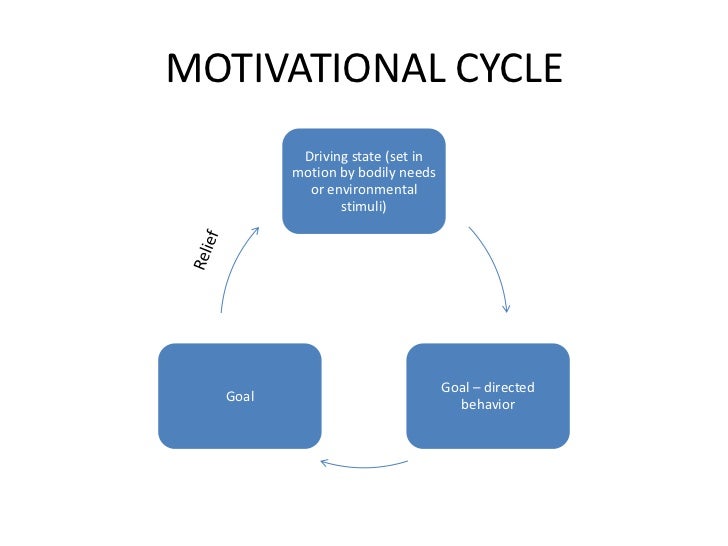Abraham Maslow expressed increasing needs of human beings in a heirarchical order. He viewed man’s needs in a ladder-like sequence where one need leads to another until the goal is attained.
If we ask "Why do we eat?" and get an answer "Because we are hungry," does it give a complete picture of motivation? What about the corollary questions - "Why do we stop eating? and "Why do we get hungry again?"To get answers to these, we should understand the principle of homeostasis. Homeostasis is the process of maintaining internal equilibrium, that is, keeping all the body's metabolic and chemical processes in good functioning order. This equilibrium in our internal environment is responsible for keeping us alive and in good health; when that equilibrium is lost, poor health sets in. It involves the proper balance in our metabolic processes, amount of oxygen in our body cells especially in the brain, temperature of the body, amount of sugar in the blood, and amount of water in the body tissues. When the balance of these elements or body processes is lost. Homeostasis is upset and the body mechanisms will set into action towards recovering that lost equilibrium. An example is what happens in thirst.
When water level in the cells run low, we say that the body is in a state of need. We want water. This will instigate tension and restlessness. The need for will be communicated to the brain and the brain will send a messages to the muscles drive so as to activate a drive. Seeking behavior directed to a goal will start. This behavior will continue until the goal is attained and the need has been satisfied. Satisfaction of the need will eliminate the drive and restore homeostasis, that is, until the next need arises and another cycle begins. The cycle of motivation includes three stages, therefore: 1) a state of need in the organism, 2) seeking behavior is directed, attainment in which eliminates the need and restores homeostasis

Walang komento:
Mag-post ng isang Komento